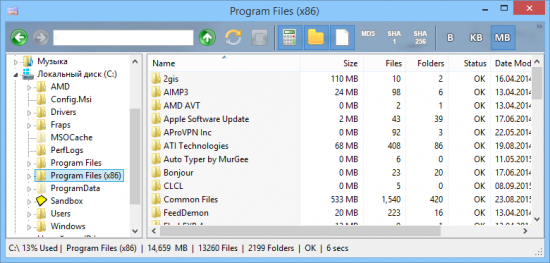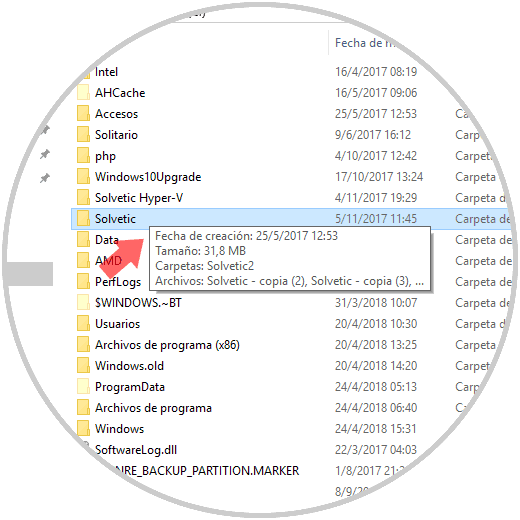


First of all, that information is not contained in the file system. While it may look very strange and unpractical, there are many reasons for that. Now let's move to the interesting question and specifically: Why Windows Explorer Does Not List Folder Sizes? The tool is so easy to use that you do not need to read help files and user manuals. Remove them to recover disk space and improve the performance of your system.Įnough about Folder Size - just download and try it.

Use the reports and you will be able to find large files and folders that you have not used for ages. You can free up gigabytes of wasted space in just a few minutes. There are beautiful pie and bar charts that make it easy to spot space hogs instantly. The lists can be printed in many popular formats like PDF and TIFF as well as on paper. Options to print folders and files and also their sizes are included too. The "Largest Folder" and "Largest Files" reports will display the corresponding information for the currently selected folder and all its sub-folders. There are many reports and options that will help you to organize the drive space. Listing the folder sizes is the least that the tool can do. If a copy of Folder Size is already running you can drag-drop a folder from Windows Explorer inside it to scan. That will list its size and that of all its sub-folders and files. You can right-click any folder and select "Scan with Folder Sizes". Windows Explorer Context Menu - Scan with Folder Sizeįolder Size adds a context menu item inside Windows Explorer. Do MacOS, Linux And Other Operating Systems List Folder Sizes?.Show Folder Sizes As Windows Explorer Tooltip.View Folder Sizes Via Windows Explorer Properties Menu.Viewing Folder Sizes In Windows Explorer.Directory Size Listing - Redundancy Issues.Folder Sizes Listing - Storage Health And Lifespan.Why Windows Explorer Does Not List Folder Sizes?.Windows Explorer Context Menu - Scan with Folder Size.


 0 kommentar(er)
0 kommentar(er)
